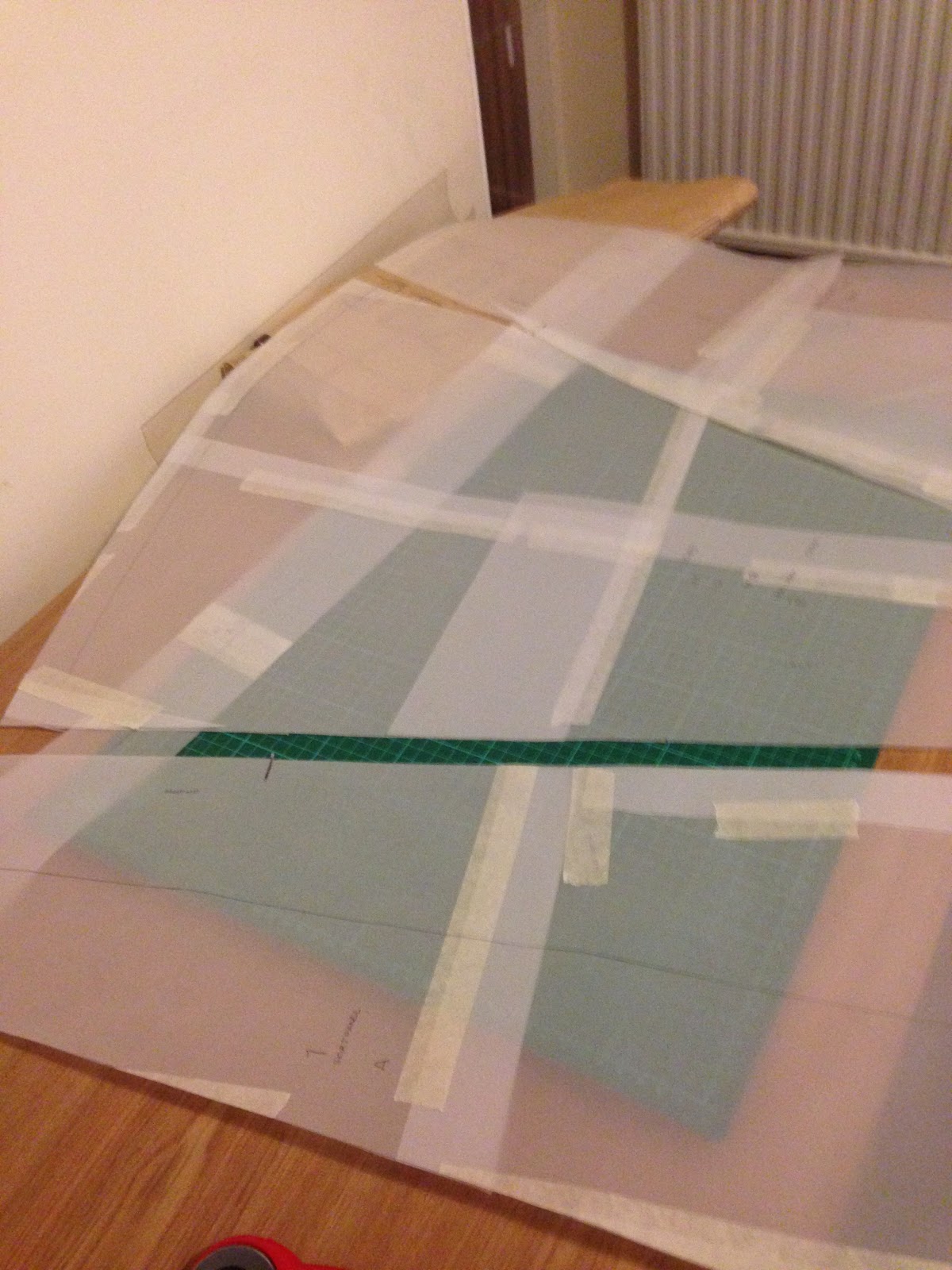After my weekend of disasters last week, I decided to do a quick and easy gathered maxi skirt this weekend.
My guide was the wonderful tutorial on the Simple Bliss Blog and have to admit, it was fairly straightforward.
To make the skirt you need a piece of fabric which is at least as wide as you are, the wider it is the more gathers you will achieve. It should be as long as you want the skirt to be, a bit longer if you want to add a hem. You also need a piece of waistband elastic long enough to fit around your waist with a seam allowance.
I ordered material from ebay which was a jersey knit fabric, and 50mm wide black elastic for the waist.
The steps are fairly easy.
- Loosen the tension a bit on your top thread, and stitch along the top. Break this in to sections, I would suggest quartering your fabric and marking each quarter. When you get to your mark, stop stitching, cut a long tail of thread, then start again for the next section. Don't secure the ends of your stitching.
- Repeat step 1, but do the stitching just below the first line.
- Tie a knot in the threads at one end of the first section, then gently pull on the bottom threads at the other end of the section. This will cause your fabric to start to gather.
- Do this for all the stitches, you are aiming to have the material the same width as your elastic.
- Once the fabric is the right length, even out the distribution of the gathers, and secure all the threads
- Pin your fabric to your waistband and then sew it together. I attached it so that the bottom row of threads was about 1/4" above the bottom of the elastic. I also used the elastic stitch on my machine which will allow the thread to stretch. As you can see, mine was anything but perfect, but the wide waistband hid a lot of sins...
- Now pin both long edges together and sew that up. You shouldn't need to use a special stitch, but I went with a zigzag just to be safe.
- Finally, you need to sort the hem. Pin the skirt to the length you want it to be, and either cut off the excess, or use your preferred method of hemming. I chose to hem it, but I would suggest you use a zigzag stitch, I used two parallel rows of straight stitching which looks lovely but has no give and is constricting when I walk.
And there you have it, a fully completed gathered maxi skirt. The wider your fabric compared to your elastic, the more gathered your skirt will look.
If you make this skirt, please pop a photo on here, I'd love to see your versions.










